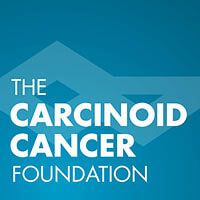Chemical markers are important to measure and follow since they change before imaging tests do and before physical conditions (symptoms) change. They are useful early indicators of the tumor status.
The tempo of the disease varies from one patient to the next and hence the frequency with which the tests should be done may vary from yearly to every 3 months. The average is twice a year. Chromogranin A (CgA) is the most stable and dependable marker in 90% of cases. In many cases it can be supplemented by other markers which should have been tested originally and those found abnormal can also be followed subsequently.
In carcinoid, we initially include: Urine 5HIAA, Blood Serotonin, Neuron Specific Enolase, Pancreastatin, Substance P, Pancreatic Polypeptide and Atrial Naturetic Hormone (ANH) (fasting). The later (ANH) helps indicate development of carcinoid heart disease in patients with functioning tumors.In other neuroendocrine tumors, depending on type, we measure Gastrin, VIP, Calcitonin, CEA, Insulin, Glucagon, Alpha/Beta subunits of HCG and ACTH. In all cases we check CgA which is most often positive in most tumors regardless of presence or absence of any specific endocrine function.
Appropriate imaging tests such as CT scan with contrast, MRI with contrast and OctreoScan are also included in monitoring with frequency customized for each case. Included in the initial workup is also tumor-stain for Chromogranin A, Ki-67 and mitosis count.
For more information on Diagnostic and Surveillance protocolsCLICK HERE.


